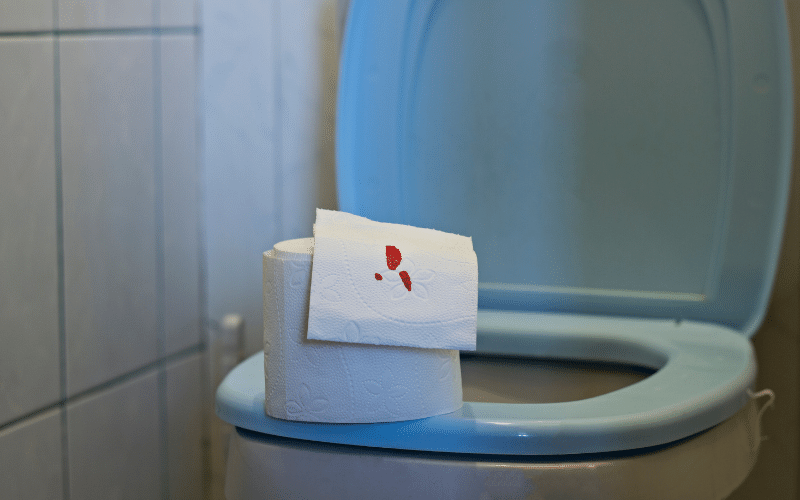Introduction: Understanding Hematochezia
The sight of blood in one’s stool can be disconcerting, to say the least. It’s a signal from your body, a signpost pointing towards an underlying issue that needs addressing. While in many cases, it’s nothing too serious, understanding the signs and their implications is imperative.

Blood in the stool, medically termed hematochezia, can range from a barely noticeable hint to a more evident and concerning presence. Let’s delve into these signs, helping you to discern when it’s time to consult a medical professional.
Recognizing the signs early is crucial. Early detection can make a vast difference in treatment options and outcomes. While some might dismiss the occasional blood trace as inconsequential, being informed can save one from potential health complications.
So, what does blood in the stool look like? And how does one differentiate between fleeting concerns and serious health red flags? To answer these questions, we’ve compiled the top 10 signs of hematochezia, providing insights into each one.
1. Bright Red Streaks on Stool: A Classic Indicator of Hematochezia

Bright red streaks can be startling. Fresh blood usually leaves these streaks. It hints at bleeding in the lower gastrointestinal tract. Common culprits? Hemorrhoids or anal fissures. But what if it’s more than that?
Sometimes, the streaks appear sporadically. Maybe it’s a one-off event. Perhaps the stool was too hard. Hard stools can cause minor tears in the rectum. These tears can lead to these streaks. However, continuous appearance needs attention.
Continuous bleeding may indicate something chronic. Maybe there’s an underlying inflammation. Or perhaps, an infection is at play.
One crucial aspect to consider is diet. Red foods, like beets, can color the stool. This coloration might look like blood streaks. It’s essential to rule out dietary influences first. If you’re unsure, it’s always better to consult a physician.
Another point to note is the streaks’ color. Darker streaks hint at something else. It may be bleeding from further up the GI tract. It’s slower bleeding, which makes it dark. Any change in color, frequency, or accompanying symptoms should be monitored. (1)